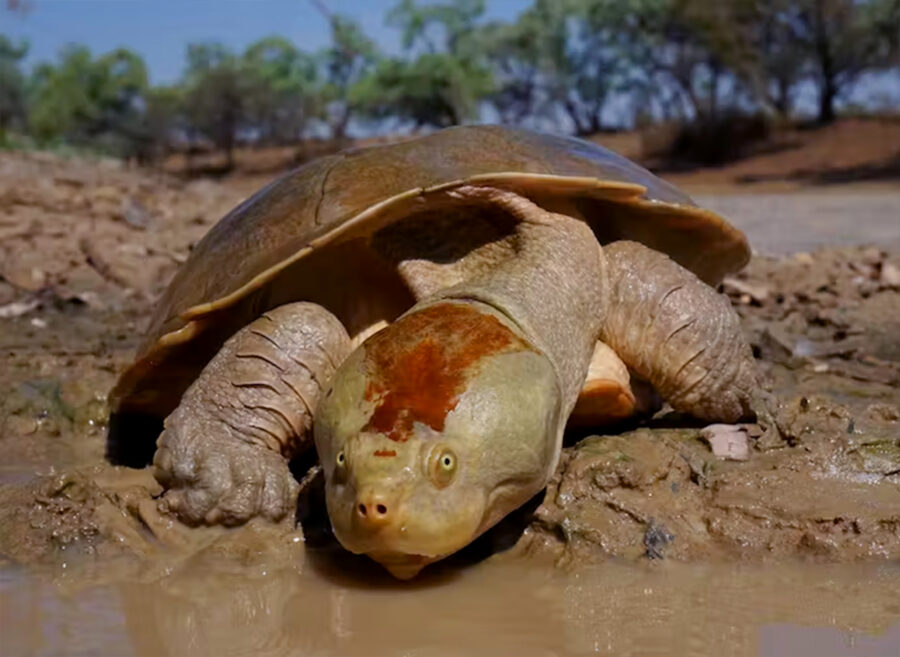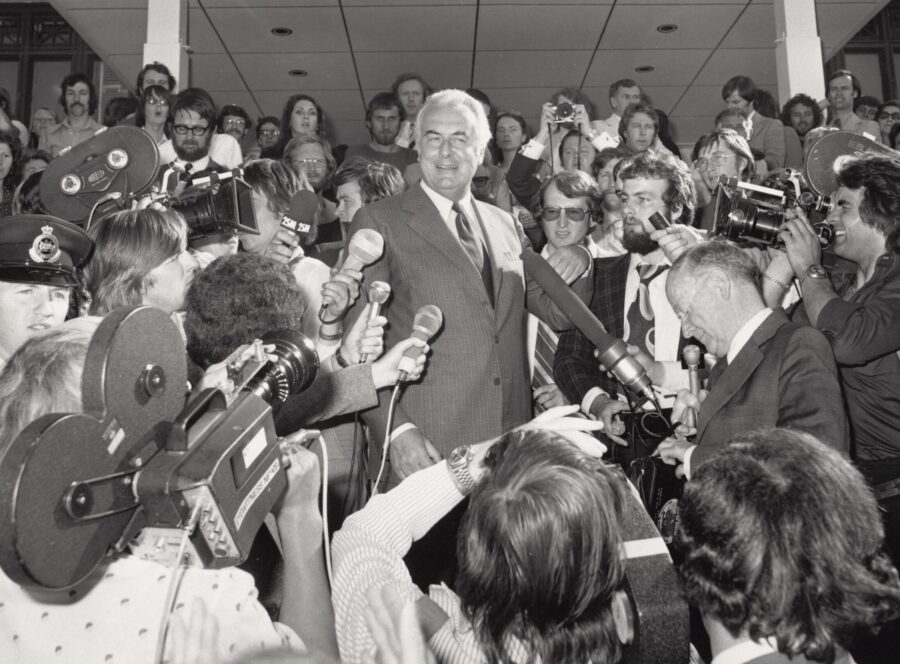The tale of ‘Lucky’ the turtle
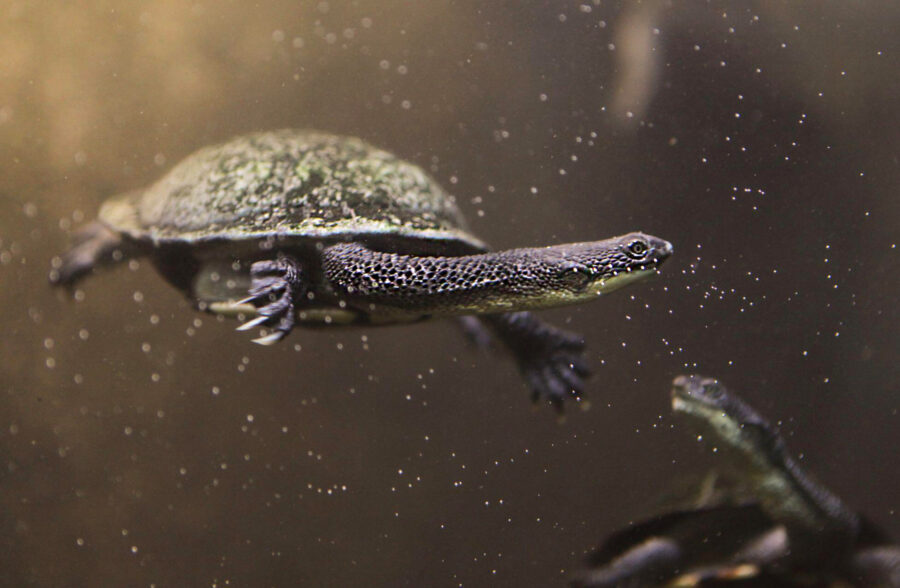
Turtles are built to last. As a group, they’ve survived 250 million years – outlasting dinosaurs – but they still face many struggles. One lucky modern-day survivor arrived unceremoniously into our lives 17 years ago via the pants pocket of one of our tour guides. This is how that happened.
Our guide, Paul, was leading a wildlife tour west of Melbourne. He was showing his guests a large mud nest belonging to white-winged choughs, when some of these communal birds returned with food for their nestlings. One bird, carrying a small blob in its beak, squawked in alarm upon seeing the tour group and dropped its payload – like a small bomb – onto Paul’s felt hat before it bounced to the ground.
Its shell was soft, and Paul quickly identified the 3cm ‘bomb’ as a newly hatched land turtle that had been on its way to become food for chough chicks. He showed it to the guests and, because there was no movement, thought the skydiving turtle had probably died as a result of its fall.
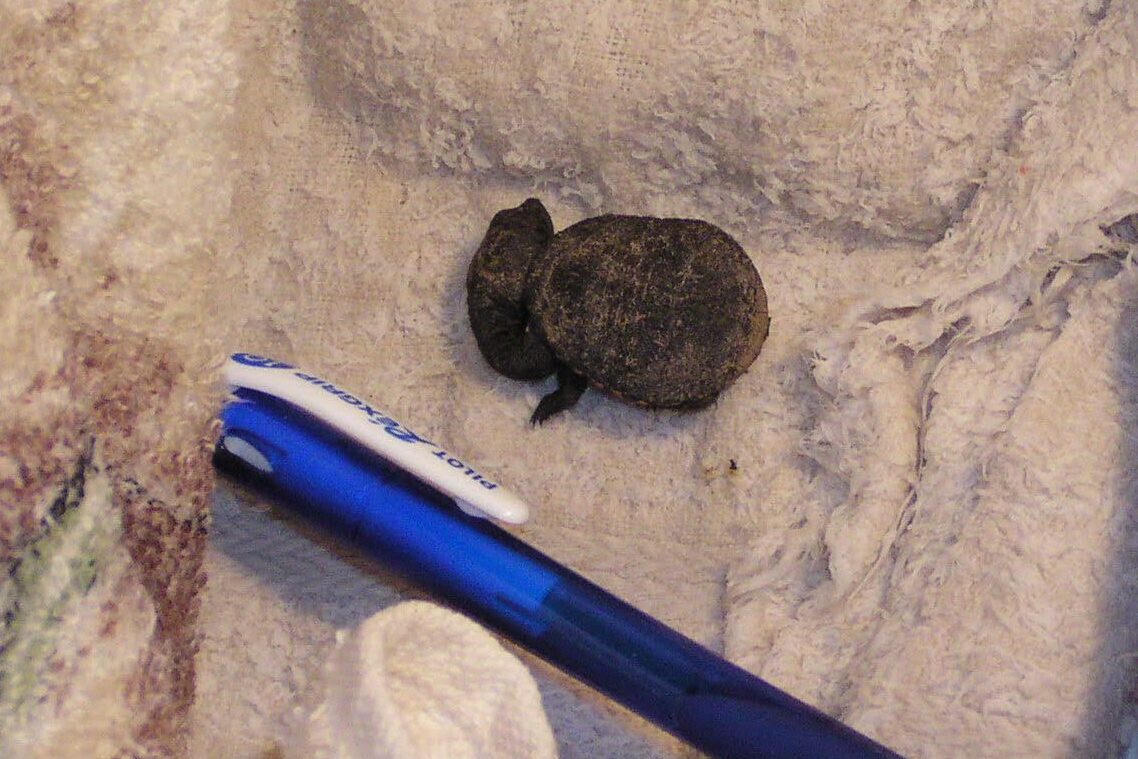
Because our tours include a research component, Paul decided to take the baby turtle back to our base in Melbourne for identification. He pocketed it and, after the tour finished, drove back to our base where he gave the tiny reptile to my partner, Janine.
Then a magical thing happened. With a blink of its tiny yellow eyes, the turtle raised its head and peered out. “She’s alive!” Janine exclaimed.
We named our new friend Lucky. She was soon identified as an eastern long-necked turtle (Chelodina longicollis) and given her own terrarium with a mini swimming pool, plants, flowers, a warming light and daily feeds of bloodworms. Lucky thrived in her new home and began to take on a less ‘squashed-in-an-egg’ blob shape to look more like a mini turtle.
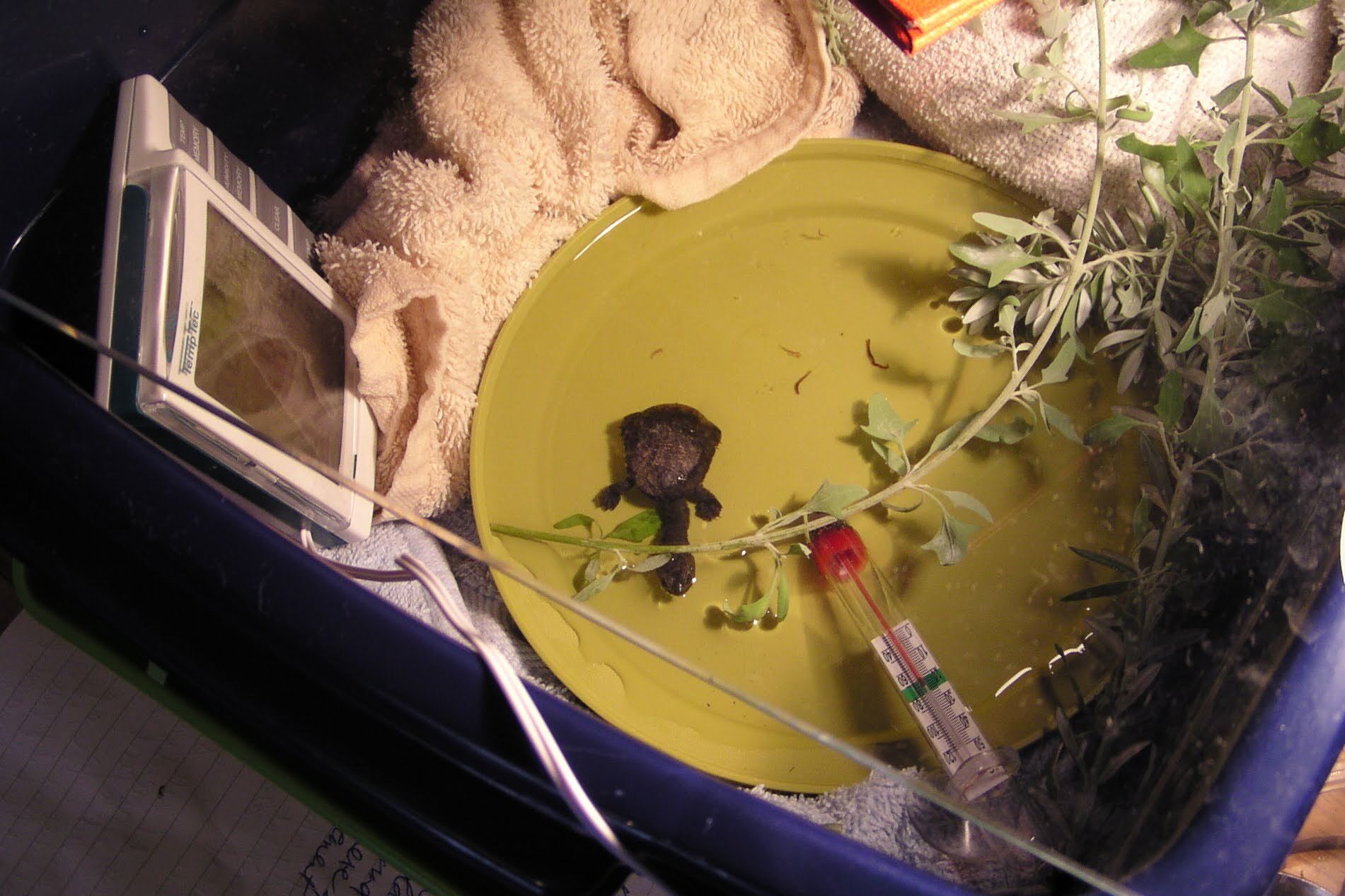
Six months later we took Lucky back to the pool where she probably hatched. Turtles grow slowly, but she had doubled in size and was very active when we released her back into the wild.
Today, Lucky would be roughly halfway through her 40-year life, encased in an almost impenetrable carapace the size of a dinner plate! She will have laid many eggs and produced scores of youngsters, most of which will have been taken by predators, as she was, or run over by cars.
I like to think of her telling her surviving offspring about the time she learned to fly and skydive, took a pocket journey to the city to live in a plush apartment, and then returned to the bush… and lived to tell the tale! And I suppose her kids would believe her. After all, turtles are built to last.
